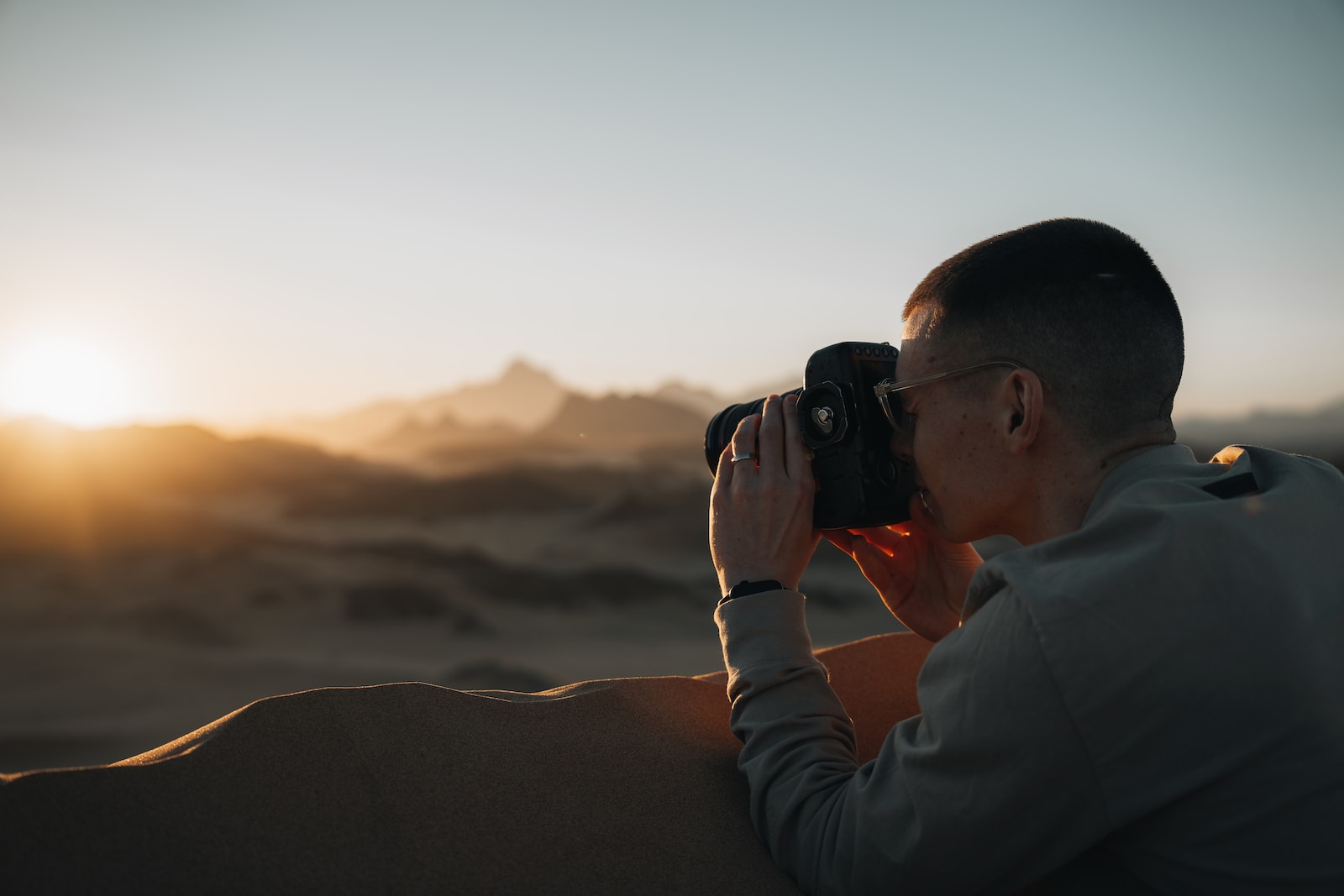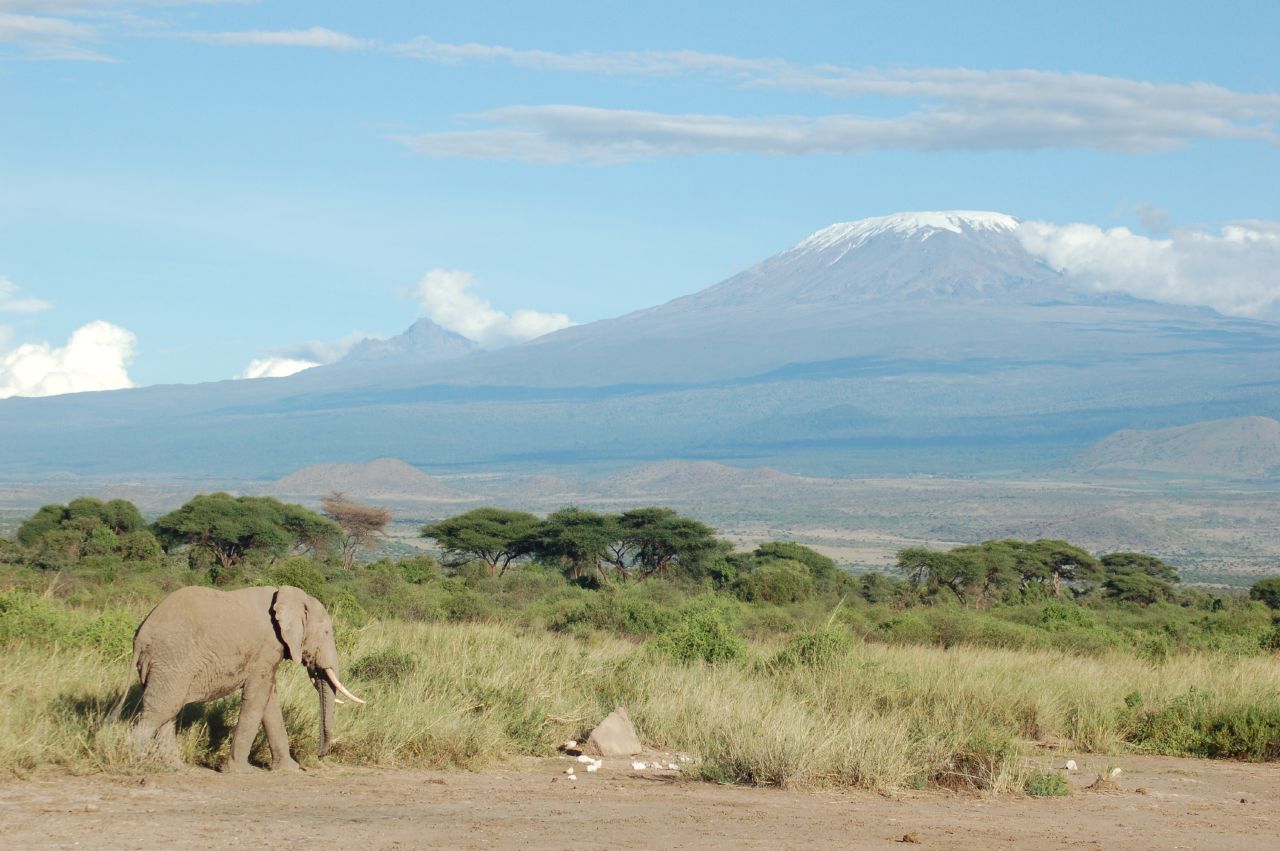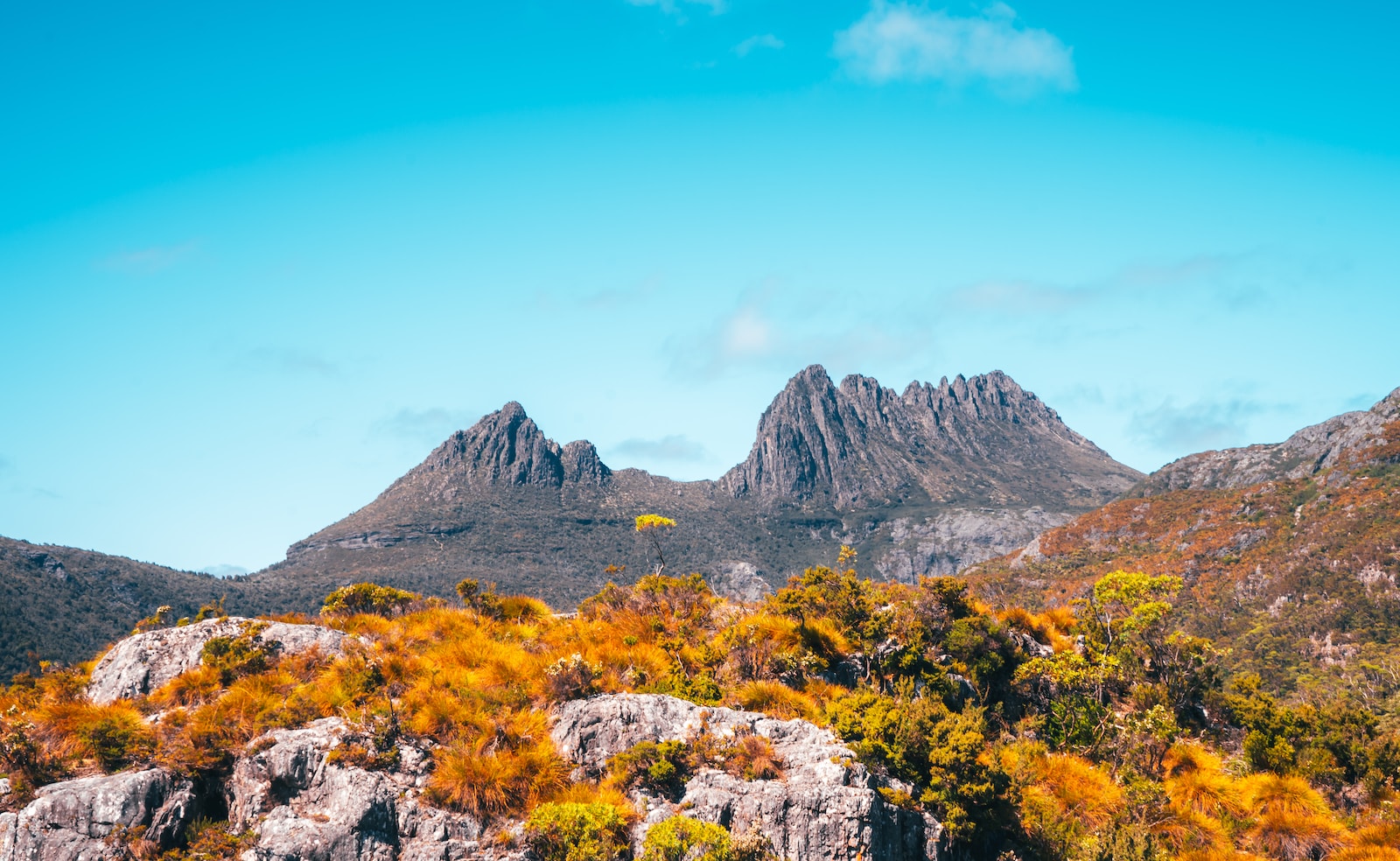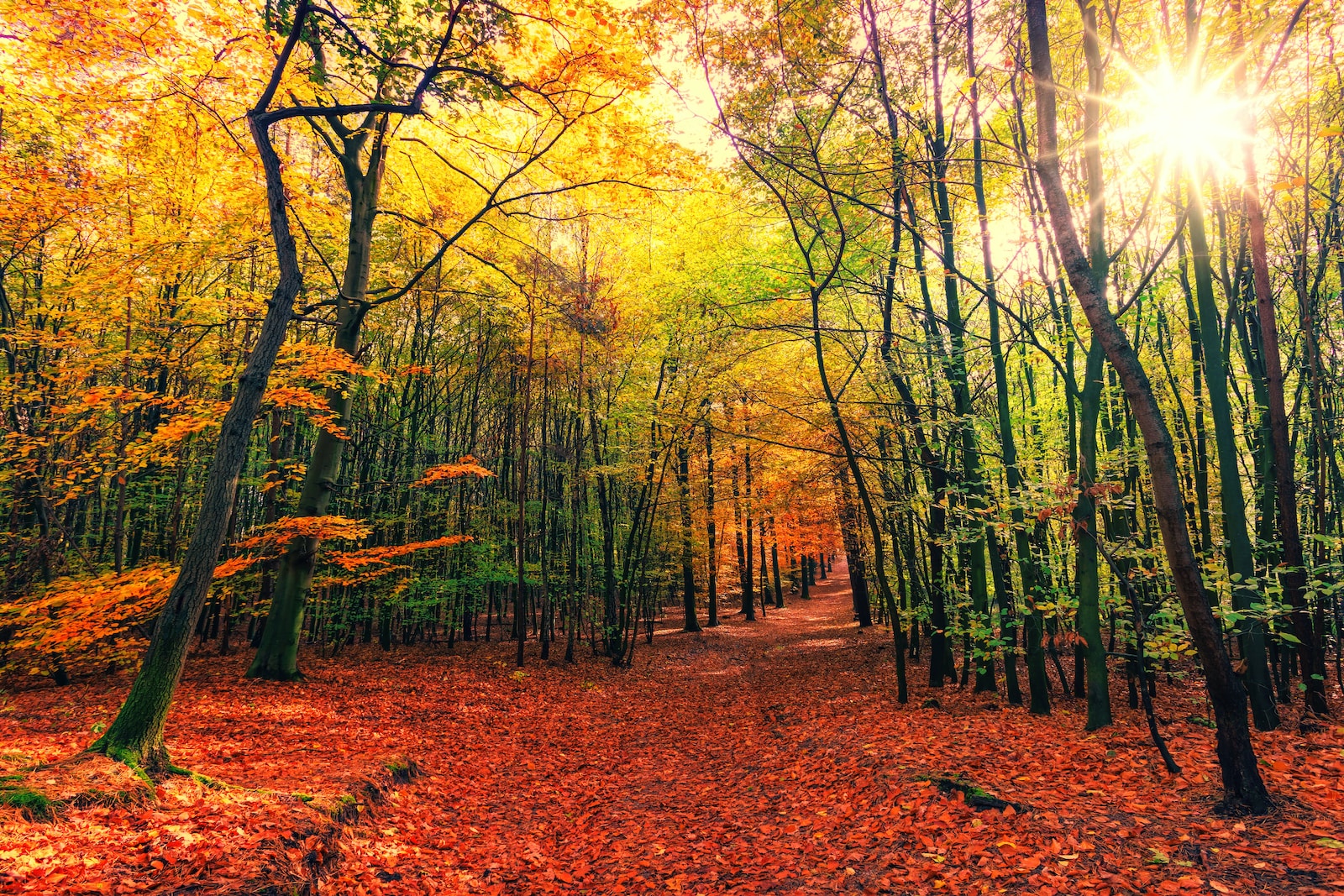Welcome to “Mastering the Art of Sunset and Sunrise Photography”! If you’re captivated by the mesmerizing beauty of the sun as it greets or bids adieu to the world, then this blog post is just for you. Explore the techniques and best practices that will empower you to capture stunning photos of the golden hour. From vibrant landscapes to richly-colored skies, learn how to add that extra touch of magic to your photography. Let’s embark on a journey to unlock the secrets of sunset and sunrise photography!
Table of Contents
- The Beauty of Sunset and Sunrise Photography
- My Story: Capturing Magical Moments
- Frequently Asked Questions
- 1. What equipment do I need for sunset and sunrise photography?
- 2. What is the best time to capture sunset and sunrise photos?
- 3. How do I compose a compelling sunset or sunrise photo?
- 4. How can I capture vibrant colors in my sunset and sunrise photos?
- 5. What camera settings should I use for sunset and sunrise photography?
- 6. Should I use a graduated neutral density filter for sunset and sunrise photography?
- 7. What post-processing techniques can I use to enhance my sunset and sunrise photos?
- 8. Are there any safety precautions I should take when shooting sunrise or sunset?
- Wrap Up
The Beauty of Sunset and Sunrise Photography
There is something truly magical about capturing the sun as it sets or rises, casting a warm and golden glow over the landscape. Sunset and sunrise photography offer a unique opportunity to create stunning and captivating images that evoke a sense of peace, tranquility, and beauty. In this section, we will explore the main subjects that can be photographed during these golden hours, as well as discuss techniques to make your photos stand out.
The Magnificent Sky
The sky is undoubtedly one of the most captivating subjects to photograph during the golden hour. As the sun begins to dip below the horizon, the sky explodes with an array of vibrant colors. From deep oranges to fiery reds, and from soft pinks to gentle purples, the sky becomes a canvas filled with a breathtaking palette.
To make your sky photographs truly stand out, consider incorporating interesting elements into your composition. A lone tree silhouette, a picturesque mountain range, or a serene body of water can add depth and interest to your image, creating a captivating focal point against the stunning backdrop of the sky. Experiment with different angles and perspectives to make your photos more dynamic and visually striking.
The Serene Landscape
During the golden hour, the landscape undergoes a magical transformation. The soft, warm light of the rising or setting sun casts long shadows and adds a beautiful glow to everything it touches. This is the perfect time to capture the essence and beauty of nature.
When photographing landscapes during sunset or sunrise, look for interesting elements that can add depth and visual interest. A winding road leading into the distance, a field of flowers in full bloom, or a majestic mountain peak can all enhance the overall composition of your photograph. Include elements in the foreground to create a sense of scale and draw the viewer’s eye into the image.
Experiment with different camera settings, such as using a wide aperture to create a shallow depth of field and blur the background, or adjusting your exposure settings to ensure you capture the full range of colors and tonalities in the scene. This will help you create images that are rich in detail and evoke a sense of awe and wonder.
In conclusion, sunset and sunrise photography provide a plethora of opportunities to capture stunning images that evoke emotion and beauty. By understanding the main subjects that can be photographed during these golden hours and employing various techniques to enhance your compositions, you can master the art of capturing the perfect sunset and sunrise moments. So grab your camera, head out during the golden hour, and let your creativity soar!
Here’s an interesting fact about sunset and sunrise photography: Did you know that during the “golden hour,” when the sun is low in the sky, the light becomes softer and warmer, creating a magical atmosphere for photography? It’s the perfect time to capture breathtaking shots of nature bathed in stunning hues.
Choosing the Right Equipment
When it comes to sunset and sunrise photography, having the right equipment can make a significant difference in the quality of your photos. Here are some essential gear and tools to consider:
- Camera: Invest in a DSLR or mirrorless camera with manual settings for greater control over your shots.
- Lenses: Wide-angle lenses are popular for capturing expansive landscapes, while telephoto lenses can bring distant subjects closer.
- Tripod: Stability is crucial in low-light situations, so a sturdy tripod will help eliminate camera shake.
- Filters: Neutral density (ND) filters can help balance exposures, reduce glare, and enhance colors.
- Remote Shutter Release: A remote release or cable release minimizes camera shake when you press the shutter.
Composition Techniques
Composition plays a critical role in creating captivating sunrise and sunset photographs. Here are some techniques you can use to make your images visually appealing:
- Rule of Thirds: Divide your frame into thirds both horizontally and vertically, and place key elements along these gridlines or their intersections.
- Leading Lines: Use natural lines in the landscape, such as roads, rivers, or fences, to guide the viewer’s eye towards the main point of interest.
- Foreground Interest: Incorporate interesting foreground elements, like rocks, flowers, or people, to add depth and create a sense of scale.
- Symmetry and Reflections: Take advantage of water bodies or reflective surfaces to capture symmetrical compositions and stunning reflections of the colorful sky.
- Experiment with Perspectives: Change your vantage point by shooting from low angles or elevated positions to add a unique perspective to your photos.
Working with Light and Exposures
Proper management of light and exposures is essential when photographing sunsets and sunrises. Here are some tips to help you achieve optimal results:
- Expose for the Sky: Since the sky is usually brighter than the foreground, meter your exposure using the sky to prevent losing highlight details.
- Shoot in RAW: RAW files retain more information and offer greater flexibility in post-processing, particularly when adjusting exposure and recovering details.
- Bracketing: Capture multiple shots at different exposures to combine them later and create a well-exposed final image.
- Use Graduated ND Filters: Graduated neutral density filters help balance the exposure between the bright sky and darker foreground, reducing the need for excessive post-processing.
- Experiment with Silhouettes: Embrace the dramatic effect of silhouettes by exposing for the bright sky and allowing the foreground to go dark.
Editing and Post-Processing
Editing is the final step to enhance and bring out the full potential of your sunset and sunrise photos. Here are some editing tips to consider:
- Adjust White Balance: Fine-tune the color temperature to reproduce the warm and golden tones characteristic of the golden hour.
- Enhance Colors: Enhance the vibrancy of the sky and foreground colors without losing their natural look.
- Work with Contrast: Adjust the contrast to make the colors pop and create a visually striking image.
- Sharpen and Noise Reduction: Apply selective sharpening to enhance details and reduce any noise introduced during low-light shooting.
- Experiment with Styles: Develop your editing style by exploring different presets and adjusting specific parameters according to your vision.
Did you know that the word "photography" is derived from the Greek words "phōtós" meaning "light" and "graphé" meaning "drawing"? Combining the two, photography can be translated as "drawing with light".
My Story: Capturing Magical Moments
Let me share a story from my own experience as a landscape photographer, highlighting the benefits of mastering the art of sunset and sunrise photography. One evening, I found myself standing on a picturesque beach, camera in hand, waiting for the perfect moment to capture the magic of a sunset. The sky was painted with hues of pink, orange, and purple, reflecting off the calm waters. As the sun slowly descended, I made use of different camera settings and composition techniques to encapsulate the beauty before my eyes.
As I reviewed the photos later, I was astounded by the results. The colors were vibrant, the details were crisp, and the overall mood of the images perfectly conveyed the serene ambiance of that evening. Sharing these photos with my audience garnered an incredible response, with many individuals expressing their admiration for the way the images made them feel. This experience demonstrated the power that sunset and sunrise photography holds, enabling us to create images that evoke emotions and transport viewers to breathtaking locations even if they have never been there.
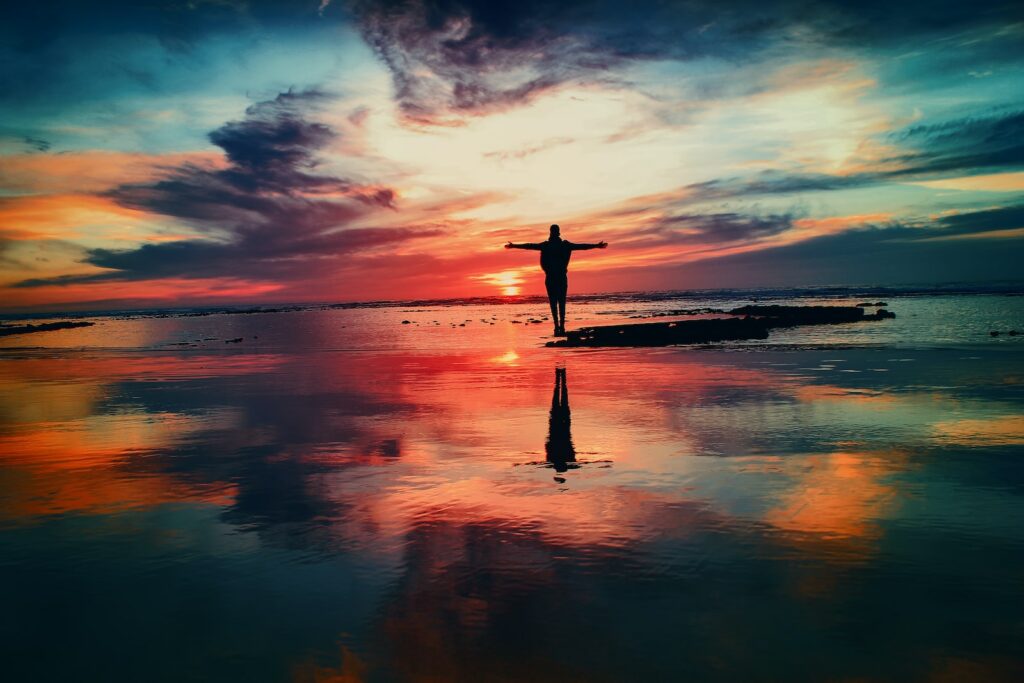
So, how can you achieve similar results? Here are some tips and techniques to help you master the art of sunset and sunrise photography:
1. Plan Your Shoot in Advance
Before heading out to capture the sunset or sunrise, ensure that you plan your shoot in advance. Consider the location, weather conditions, and time of year to optimize your chances of capturing breathtaking photos. Utilize apps or websites that provide information about the exact time of sunrise or sunset, as well as the direction and angle of the sun.
2. Embrace the Golden Hour
The golden hour, a period shortly after sunrise or before sunset, offers ideal lighting conditions for capturing stunning photos. The soft and warm light during this time of day creates a magical atmosphere, adding depth and dimension to your images. Be sure to arrive early and take advantage of the entire golden hour to experiment with different compositions and settings.
3. Make Use of Filters
Filters can be invaluable tools for sunset and sunrise photography. Consider using a graduated neutral density (ND) filter to balance the exposure between the bright sky and darker foreground. This helps to retain details in both areas and prevents overexposure or underexposure. Additionally, a polarizing filter can reduce glare and enhance the colors in the sky, making your images more vibrant.
4. Experiment with Composition
Composition plays a crucial role in any type of photography, and sunset and sunrise photography are no exception. Explore different angles, perspectives, and focal points to create visually appealing and dynamic compositions. Incorporate elements such as silhouettes, leading lines, or reflections to add interest and depth to your images.
Remember, mastering the art of sunset and sunrise photography requires practice and patience. Open your mind to new techniques, and don’t be afraid to experiment and push your creative boundaries. By harnessing the beauty of these magical moments, you can create images that not only capture the essence of the sun but also touch the hearts of those who view them.
Frequently Asked Questions
1. What equipment do I need for sunset and sunrise photography?
To capture stunning sunset and sunrise photos, you will need a camera with manual settings, a sturdy tripod to keep your camera stable, and a wide-angle lens to capture the expansive landscape.
2. What is the best time to capture sunset and sunrise photos?
The best time to capture these photos is during the golden hour, which is roughly one hour before sunrise or one hour before sunset. This time provides the ideal lighting conditions and adds a warm and magical touch to your images.
3. How do I compose a compelling sunset or sunrise photo?
When composing your shot, look for interesting foreground elements such as rocks, trees, or water to add depth and perspective to your photo. Experiment with different angles and framing techniques to create visually appealing compositions.
4. How can I capture vibrant colors in my sunset and sunrise photos?
To capture vibrant colors, make sure to shoot in RAW format to retain the maximum amount of data. Additionally, use a lower ISO setting to reduce noise and adjust your white balance to enhance the warm tones of the sky.
5. What camera settings should I use for sunset and sunrise photography?
For sunset and sunrise photography, start by setting your camera to aperture priority mode (A or Av) and choose a small aperture (high f-number) to ensure a large depth of field. Adjust your shutter speed accordingly to avoid overexposure and make use of the camera’s exposure compensation feature if needed.
6. Should I use a graduated neutral density filter for sunset and sunrise photography?
Using a graduated neutral density (ND) filter can help balance the exposure between the bright sky and the darker foreground during sunrise or sunset. It helps in retaining details in both areas and capturing a well-exposed image.
7. What post-processing techniques can I use to enhance my sunset and sunrise photos?
In post-processing, you can enhance the colors and details of your sunset and sunrise photos by adjusting the exposure, contrast, saturation, and vibrance. Additionally, you can use graduated filters or dodge and burn techniques to further enhance specific areas of your image.
8. Are there any safety precautions I should take when shooting sunrise or sunset?
While capturing sunrise or sunset photos, it’s important to stay safe. Be aware of your surroundings, especially near water bodies or cliffs. Carry essential photography gear, dress appropriately for the weather conditions, and inform someone about your location and shooting plans, especially if shooting in remote areas.
Wrap Up
In conclusion, mastering the art of sunset and sunrise photography is truly a journey worth embarking on. By utilizing the right techniques, understanding the importance of timing, and embracing the beauty of the golden hour, you can capture breathtaking photos that will leave viewers in awe.
Remember, practice makes perfect. Take every opportunity to explore different locations, experiment with composition, and play with light. Embrace the challenge and allow yourself to be inspired by the ever-changing colors and moods of the sky.
We hope this blog post has provided you with valuable insights and tips to enhance your sunset and sunrise photography skills. Now it’s your turn! Feel free to share your own experiences, techniques, or ask any questions in the comments section below. Let’s engage and learn together!
